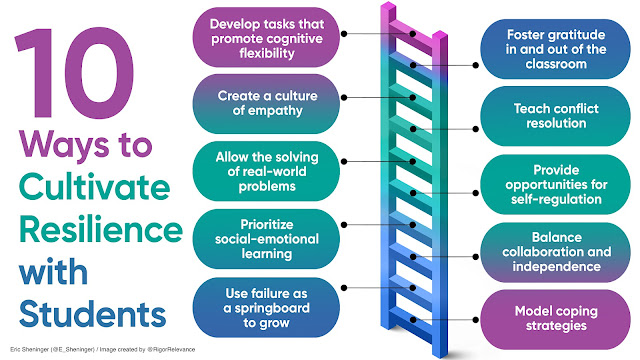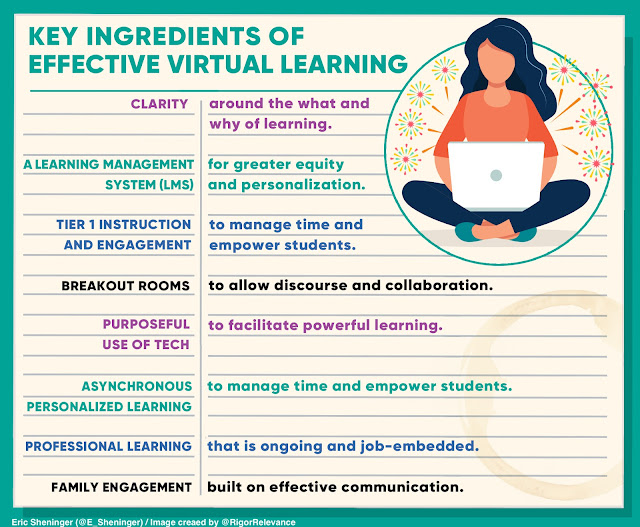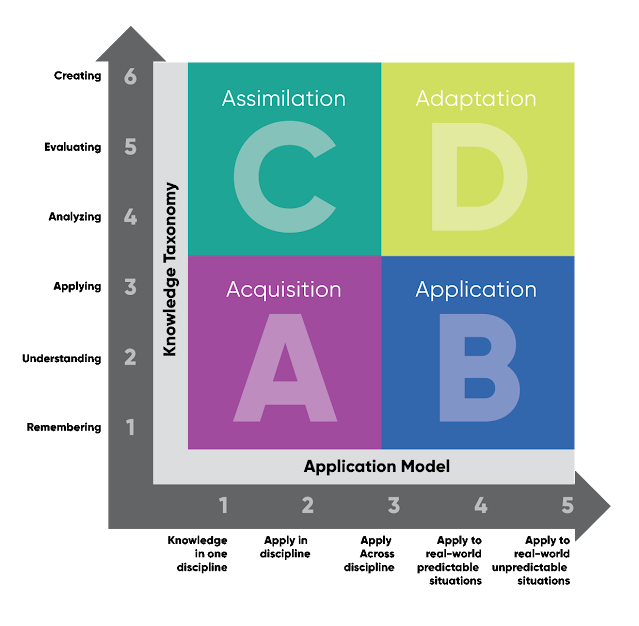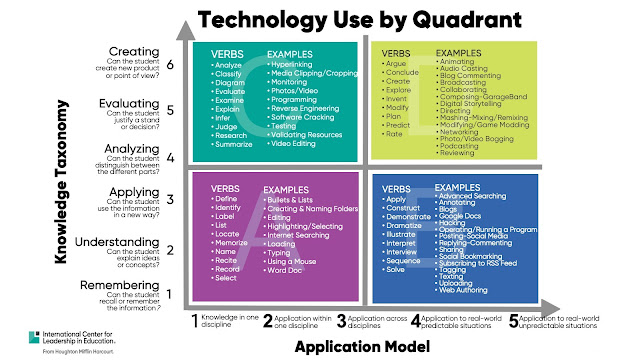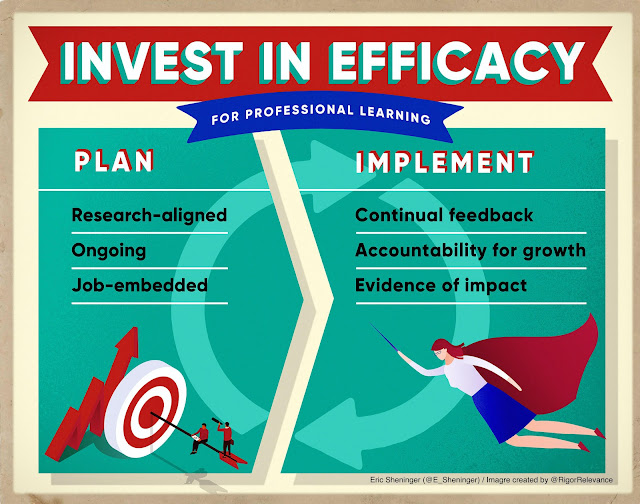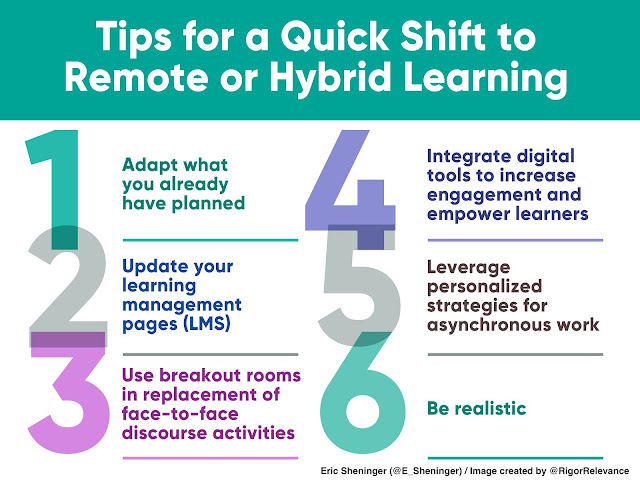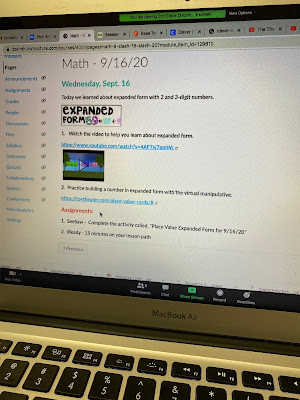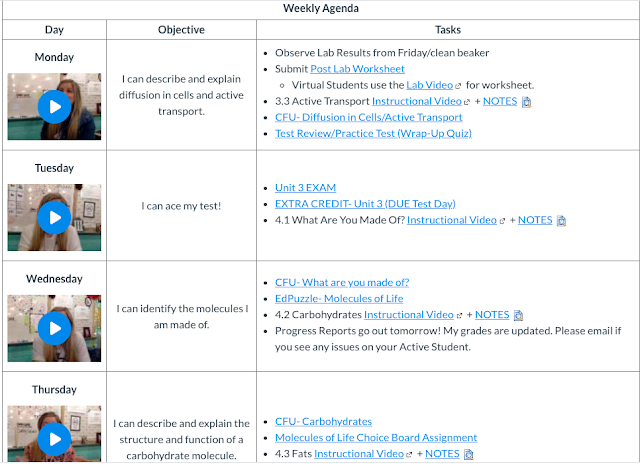Technology has the potential to transform teaching and learning in a number of ways. One way it can be used to transform teaching and learning is by providing students with access to a wealth of information, including multimedia resources, educational apps, and online databases. This means that students can engage with a wide range of material and have access to resources that they might not have been able to access otherwise. Additionally, this allows teachers to personalize the learning experience to meet all students' needs by providing them with access to different resources that can help them learn at their own pace and in their own way.
Another way technology can be used to transform teaching and learning is by enhancing engagement and motivation. It can be leveraged to create interactive and immersive learning experiences that can help students stay engaged and motivated in the classroom. For example, students can use virtual reality to explore different parts of the world or use interactive simulations to learn about scientific concepts. This kind of technology also allows for collaboration, where students can work together on projects and assignments and share their work with one another in real-time, which helps foster a sense of community and teamwork in the classroom.
Finally, technology can be harnessed to transform teaching and learning by enhancing assessment and feedback. Technology can be used to create assessments, quizzes, and evaluations, providing teachers with real-time data on student progress, enabling them to give feedback and adjust instruction accordingly. This helps ensure that students are getting the support they need to succeed and allows teachers to identify areas where students are struggling and provide additional support. Furthermore, technology can be used to track student progress over time, which can help teachers identify trends and patterns in student performance and adjust instruction accordingly.
The framework above, which I am tentatively calling Purposeful Use of Technology for Learning (PUTL), serves to develop a foundation and inform how technology can be used to support learner-driven experiences and outcomes. It includes the following components that are interconnected:
- Sound pedagogy: A foundation should be established through the consistent use of effective Tier 1 instructional strategies that are research-based such as anticipatory set, reviewing prior learning, checking for understanding, modeling, scaffolded questions, guided practice, independent practice, and closure. From here, a variety of practical techniques can be employed, such as cooperative learning, differentiation, performance tasks, problem or project-based learning, etc.
- Rigor & Relevance: Technology can be used to create interactive and immersive learning experiences that can help students stay engaged and motivated in the classroom. Activities should challenge students to think, construct new knowledge, and apply what has been learned to solve real-world predictable and unpredictable problems. Refer to the Relevant Thinking Framework to assist in integrating technology with purpose (image below).
- Student agency: Technology can be used to create a personalized learning experience where all students get what they need, when and where they need it to succeed. Digital tools naturally support and enhance high-agency elements such as voice, choice, path, pace, and place. When looking to personalize through blended pedagogies, consider station rotation, choice activities, playlists, flipped lessons, and asynchronous virtual options (image below)
- Critical competencies: Technology is becoming an increasingly important part of everyday life, and by incorporating it into the classroom, students can develop the competencies they will need to succeed in a disruptive world that is digitally connected and reliant.
- Streamlined assessment and feedback: Technology can be used to create transparent and challenging assessments while providing teachers with real-time data on student progress, enabling them to give feedback and adjust instruction accordingly.
- Actionable data: Technology has made it much easier to routinely collect data that can be used to monitor progress, offer quality feedback, analyze in professional learning communities (PLCs), and then provide needed student support through personalization. The immediacy with which metrics can be accessed provides all educators with invaluable knowledge at their fingertips when combined with ongoing and job-embedded professional learning.
Technology should be leveraged in a seamless fashion that supports and enhances learning for all kids, something I highlight extensively in Disruptive Thinking in Our Classrooms. The key takeaway from the framework presented is to help inform purposeful use in the classroom while unearthing opportunities to grow professionally. A great deal of money has been spent globally on technology. It is now our duty to make sure that investment pays off.
.jpg)


